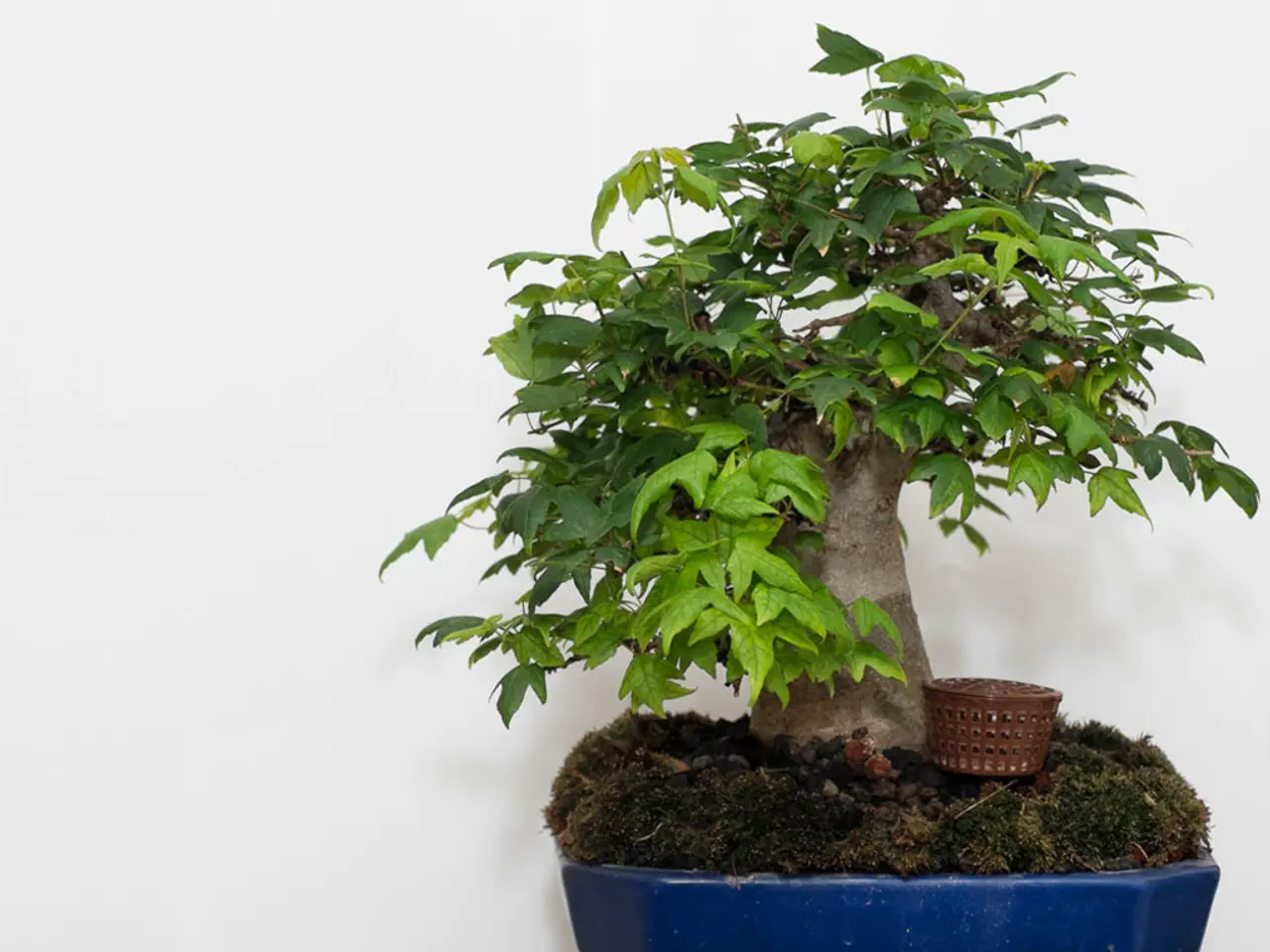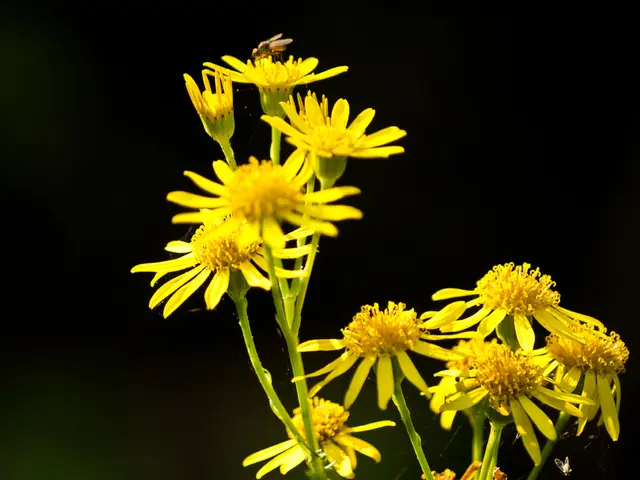Bonsai Linguistic Varieties Across Regions: A Complication Due to Miscommunication
In the fascinating world of bonsai, a popular hobby and art form that originated in East Asia, the language used to describe its various aspects is as diverse as the trees themselves. This diversity primarily stems from the art's historical origins and cultural adaptations, especially between China and Japan, where the practice first developed and then evolved.
The term "bonsai," which means "planted in a container" or "tray-planted" in Japanese, is the term commonly used in the West. This term was adapted from earlier Chinese traditions, where the art of growing miniature trees in containers is known as "penjing" (also spelled "pun-sai" in Cantonese or "penzai" in Mandarin). Penjing incorporates miniature landscapes and sometimes figurines, often focusing more on naturalistic and scenic compositions. Bonsai, on the other hand, tends to focus more on the form and symbolism of the individual tree.
The Chinese term "penjing" literally means "tray scenery" and emphasizes scenic landscapes that include small trees, rocks, and water features. This differentiates it conceptually from the Japanese bonsai, which prioritizes the single tree's form and aged character.
Japanese bonsai terminology often includes specific style names, such as "chokkan" (formal upright style), "moyogi" (informal upright style), and "kengai" (cascade style), each with philosophical or aesthetic connotations that relate to shaping techniques and tree posture.
In Korea, while bonsai is not traditionally called by a unique term distinct from the Japanese, cultural elements such as the use of peach wood in ritual contexts emphasize tree symbolism differently. Korean culture closely interweaves plant symbolism with local shamanistic and Daoist practices but does not have a distinct bonsai vernacular separate from the overarching East Asian context.
In Western countries, "bonsai" is the universal term used, but enthusiasts may borrow Japanese terminology for styling and techniques. Western bonsai communities may have adapted or expanded the lexicon with their own terms reflective of local species or styles but generally retain the Japanese framework.
Regional bonsai styles influence the choice of tree species due to local climate, aesthetic preferences, and cultural traditions. For example, the "Raft" bonsai style features a flat, horizontal trunk in the West, while certain native tree species, like the Australian native Allocasuarina torulosa, are known as "Casuarina" in some parts of the world.
In the realm of bonsai, "Literati" refers to a sparse, minimalist design in China, while "Bunjin" denotes the same style in Japan. These regional variations in terminology reflect the unique history and evolution of bonsai practices in different parts of the world.
Local dialects can create confusion in international bonsai communication, emphasizing the need for clear and standardized communication. Inconsistencies in bonsai terminology can lead to misunderstandings in global bonsai competitions.
Embracing diversity in bonsai vocabulary allows enthusiasts to appreciate cultural nuances and enrich the global bonsai community. By understanding and respecting the different terms and practices, we can foster a deeper appreciation for the art and its rich history.
- In Western countries, the term "Literati" is used to refer to a sparse, minimalist bonsai design, a regional variation originating from China.
- The field of education and self-development offers resources that delve into the history and techniques of various bonsai styles, such as the 'fashion-and-beauty'-inspired "Travel" journeys exploring bonsai displays around the world.
- The "Food-and-Drink" enthusiasts might find the symbiotic relationship between bonsai trees and azalea plants fascinating, as they mimic the relationship between specific tree species and their companion plants in certain regional bonsai practices.




